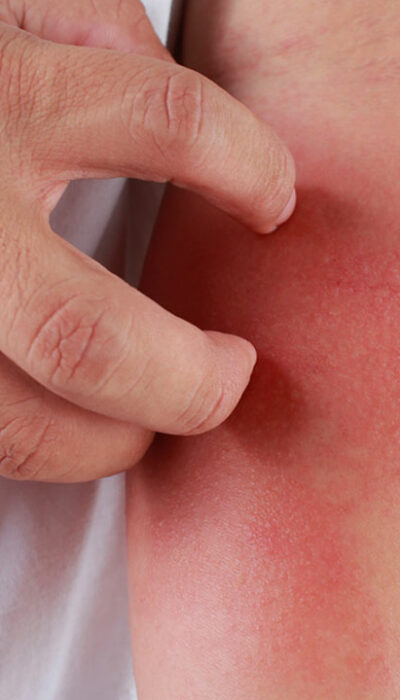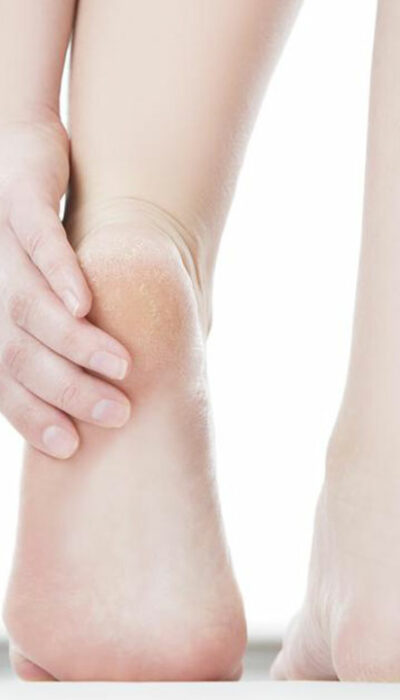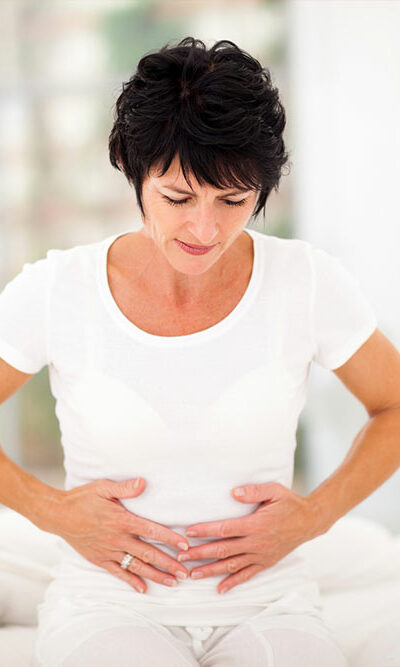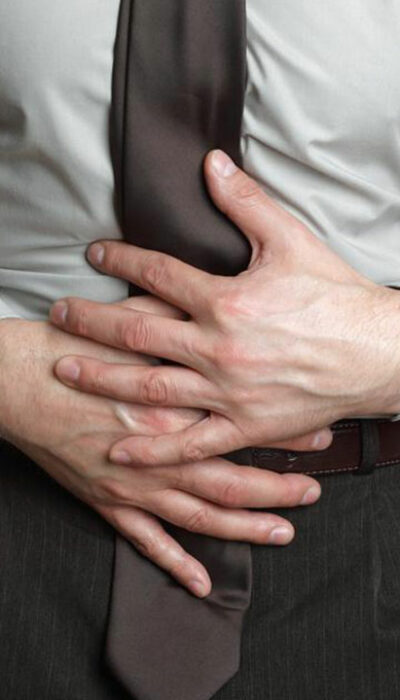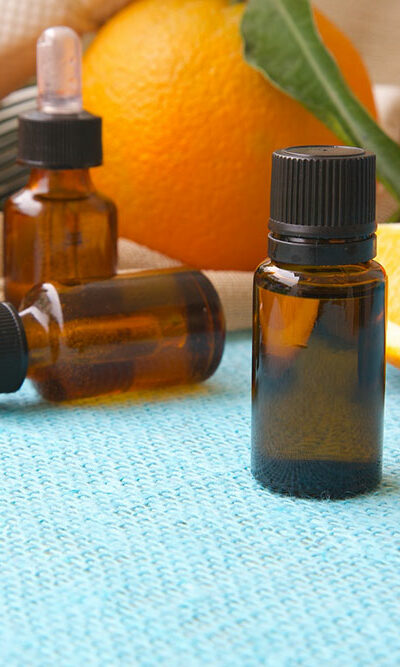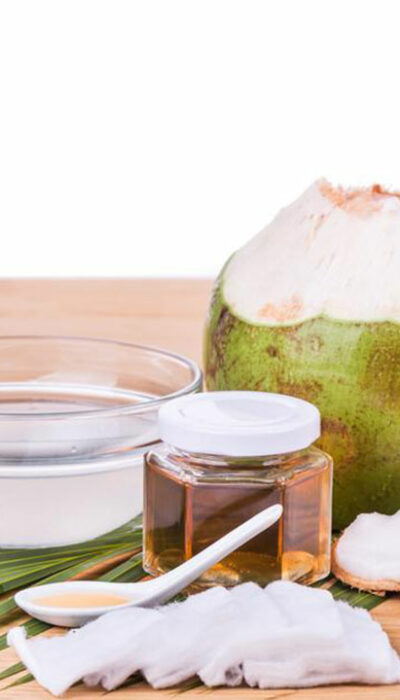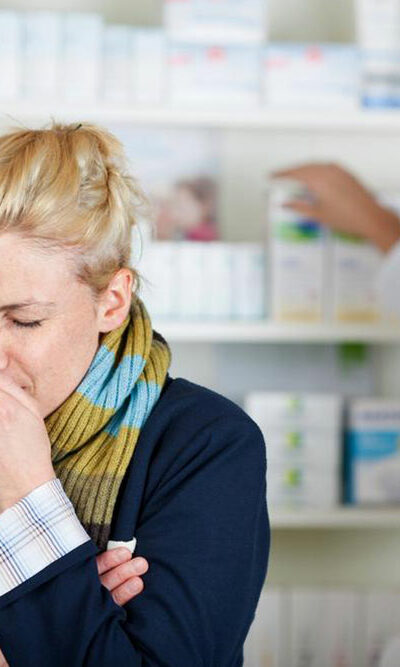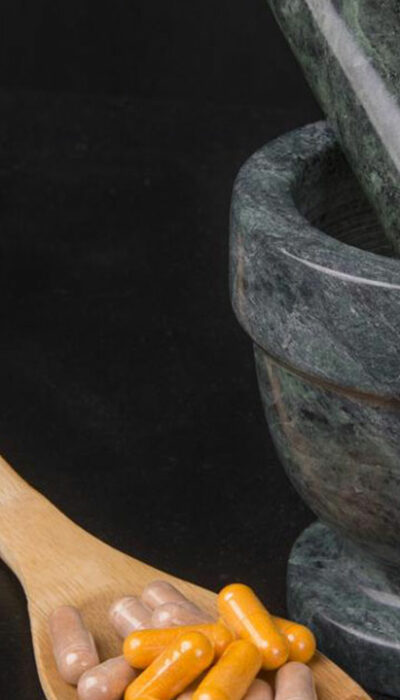
8 Natural Remedies to Cure Sciatic Pain
The immune system of a human body is deteriorating due to a fast-paced lifestyle, redundant workload, and acute stress levels, thereby affecting the overall health by causing severe ailments. Recent medical research has stated that people within the age group of 25 to 45 suffer from severe ailments one of them being a sciatic pain. Sciatic pain is a form of acute nerve pain caused near the sciatic nerve around the lower back down to the calves to the heel. Sudden strokes of pain or constant burning sensations are a few symptoms of sciatica nerve pain. Such form of pain is caused due to excessive stress on the hips and legs. Work-related stress compels individuals into being stuck to the chair thereby restricting any form of physical movement. Sciatic pain can be caused due to many reasons; however, the most prominent reasons are slipped or damaged discs, inflammation of the muscle tissues surrounding a nerve, or nerve compression due to muscle stress. Following are a few natural remedies which act as options for sciatic pain cure. Hot and cold therapy Compression of nerves due to sciatica causes unendurable pain, at times aggravating inflammation. To help suffice this, individuals suffering from this ailment can be treated with the hot and cold therapy. In this form of therapy, two forms of heating pads are used on the affected area. A hot bag and an ice pack can be placed on the affected area in turns. This is one of the best sciatic pain cure which will help in bringing down the inflammation caused due to nerve compression as well as reduce the pain. Yoga Yoga is one of the best natural remedies for sciatic pain cure. Yoga helps in releasing muscle rigidity caused due to excessive stress on hips and legs and in turn releases the nerve from compression.
